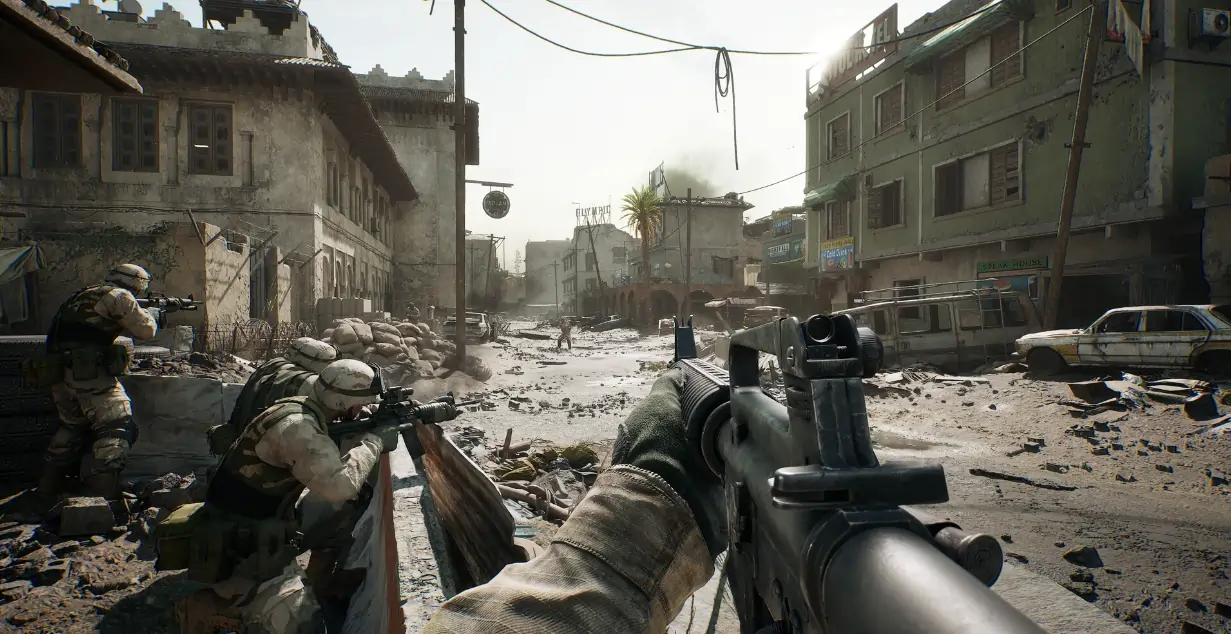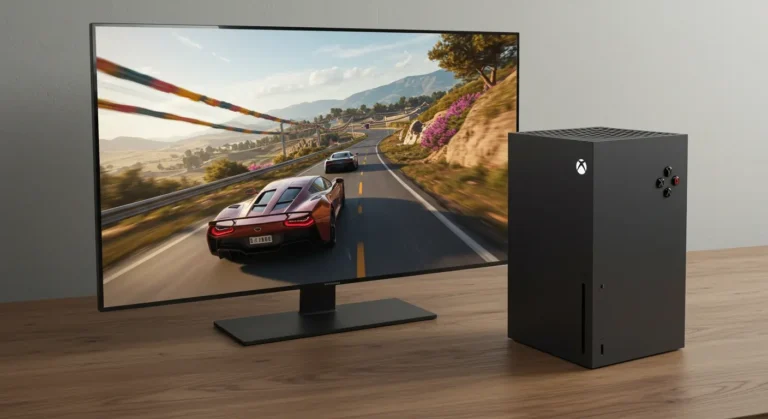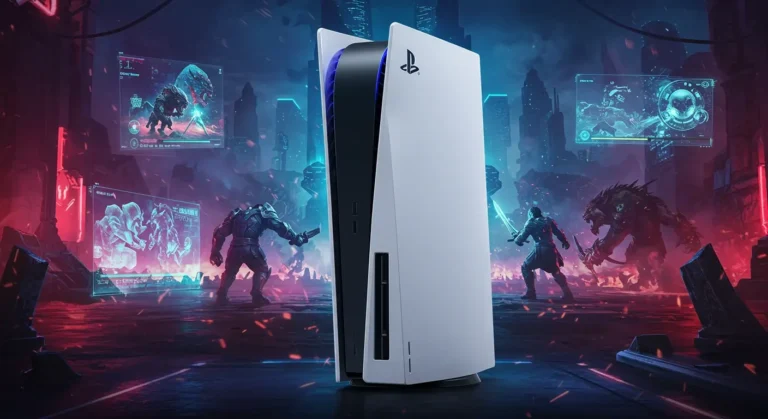How to Optimize Your Gaming PC for Ray Tracing: The Ultimate Guide
Table of Contents
Introduction
Ray tracing (RT) has revolutionized the gaming world by delivering unprecedented visual fidelity, bringing games to life with realistic lighting, shadows, reflections, and global illumination. However, enable it can be demanding on your gaming PC, often resulting in reduced performance and lower frame rates. This guide is designed to help PC gamers optimize their systems for ray tracing (RT), ensuring the best possible visual experience without sacrificing performance.
Understanding The Requirements
Before diving into optimization, it’s essential to understand the hardware and software requirements for ray tracing (RT).
Hardware Requirements
Ray tracing requires a compatible GPU. NVIDIA’s RTX series (20-series and above) and AMD’s Radeon RX 6000/7000 series are the primary options. A minimum of 8GB VRAM is recommended, but 12GB or more is ideal for high-resolution gaming. While the GPU is the primary component, CPU and RAM also play roles in overall performance.
Minimum vs. Recommended Specs
For 1080p RT:
- GPU: NVIDIA RTX 2060 or AMD RX 6700 XT
- CPU: Intel Core i5 or AMD Ryzen 5
- RAM: 16GB
For 1440p or 4K:
- GPU: NVIDIA RTX 3080 or AMD RX 6800 XT
- CPU: Intel Core i7 or AMD Ryzen 7
- RAM: 16GB (32GB for 4K)
RTX vs. AMD
NVIDIA GPUs support DLSS (Deep Learning Super Sampling), while AMD offers FSR (FidelityFX Super Resolution). Both technologies help improve performance by rendering at lower resolutions and upscaling.
Bottlenecks
- CPU Bottleneck: A slow CPU can limit GPU performance.
- VRAM Limitations: Insufficient VRAM can cause stuttering or lower-quality textures.
- Storage Bottlenecks: Slow HDDs can increase load times.
Hardware Optimization for Ray Tracing
1. GPU Selection and Optimization
- NVIDIA RTX GPUs: Best for DLSS and RT performance.
- AMD Radeon RX GPUs: Offer competitive performance with FSR.
- Close unused GPU-intensive programs to maximize resources.
2. CPU Considerations
Choose a multi-threaded CPU (e.g., Ryzen 7/9 or Intel Core i7/i9) for better performance. Overclocking can also boost results.
3. RAM and Storage
Ensure at least 16GB of fast DDR4/DDR5 RAM. NVMe SSDs reduce load times and improve performance.
4. Cooling and Power
Ensure proper cooling to prevent thermal throttling. A high-quality PSU is essential for power-hungry components.
Software and Driver Optimization
1. Update Drivers
Always use the latest GPU drivers for optimal performance and compatibility.
2. Windows Optimization
Enable Game Mode, disable background applications, and ensure Windows is up-to-date.
3. DirectX 12 Ultimate
This API reduces CPU overhead and improves ray tracing efficiency.
In-Game Ray Tracing Settings
RT settings vary by game. Common settings include:
- Shadows, Reflections, Global Illumination: Higher settings improve visuals but impact FPS.
- Ray Tracing Quality: Lower settings for performance, higher for visuals.
Performance Impact
- Shadows and reflections are less resource-heavy than global illumination.
Game-Specific Optimization
Adjust settings based on the game’s demands. Tools like NVIDIA’s DLSS can help maintain performance.
Upscaling Technologies for Ray Tracing
DLSS (NVIDIA)
Improves frame rates by rendering at lower resolutions and upscaling with AI.
FSR (AMD)
Simpler upscaling but effective for AMD users.
XeSS (Intel)
Available on Intel Arc GPUs; offers balanced performance and quality.
When to Use
Use these technologies in demanding games to maintain a high FPS.
Advanced Optimization Techniques
Overclocking
Increase GPU performance cautiously; use tools like MSI Afterburner.
Power Limits
Adjust for more headroom but avoid excessive thermal throttling.
Custom Resolution Scaling
Reduce resolution slightly for better performance.
Frame Generation
NVIDIA’s Frame Generation boosts FPS without quality loss.
Troubleshooting Common Issues
Stuttering and Frame Drops
Check for updated drivers and reduce settings.
Visual Artifacts
Update drivers or lower RT) settings.
Game Crashes
Ensure GPU is well-cooled and VRAM isn’t overwhelmed.
Driver Issues
Reinstall drivers and check for Windows updates.
Conclusion
Optimizing your PC for ray tracing requires a balance of hardware and software adjustments. By upgrading your GPU, optimizing settings, and leveraging upscaling technologies, you can enjoy stunning visuals and smooth performance.
FAQs
1. How to Check if My PC Supports RT?
Ensure your GPU supports RT and update drivers.
2. Best GPU for RT?
NVIDIA RTX 40-series for DLSS 3; AMD RX 7900 XTX for FSR.
3. Can I Use Ray Tracing on a Budget?
Yes, with entry-level GPUs and upscaling technologies.
4. How to Reduce Ray Tracing Stuttering?
Use DLSS/FSR, reduce RT settings, and ensure well-cooled components.
5. Is Ray Tracing Worth It?
Absolutely, for more immersive visuals, though it requires optimization.
By following this guide, you can enhance your ray tracing experience, ensuring your PC delivers the best performance for your games.
Step-By-Step Guide To optimize Your Ray Tracying



